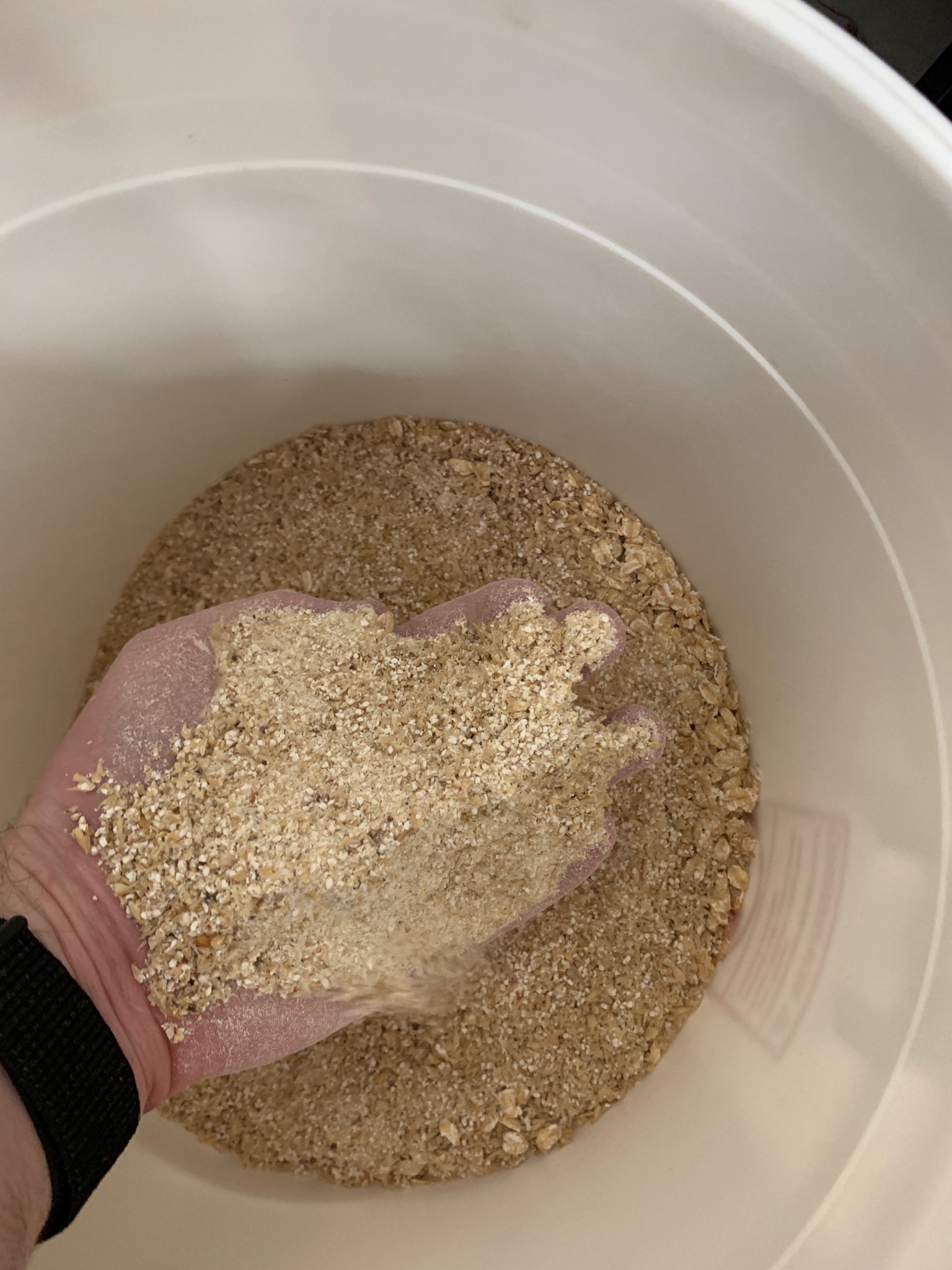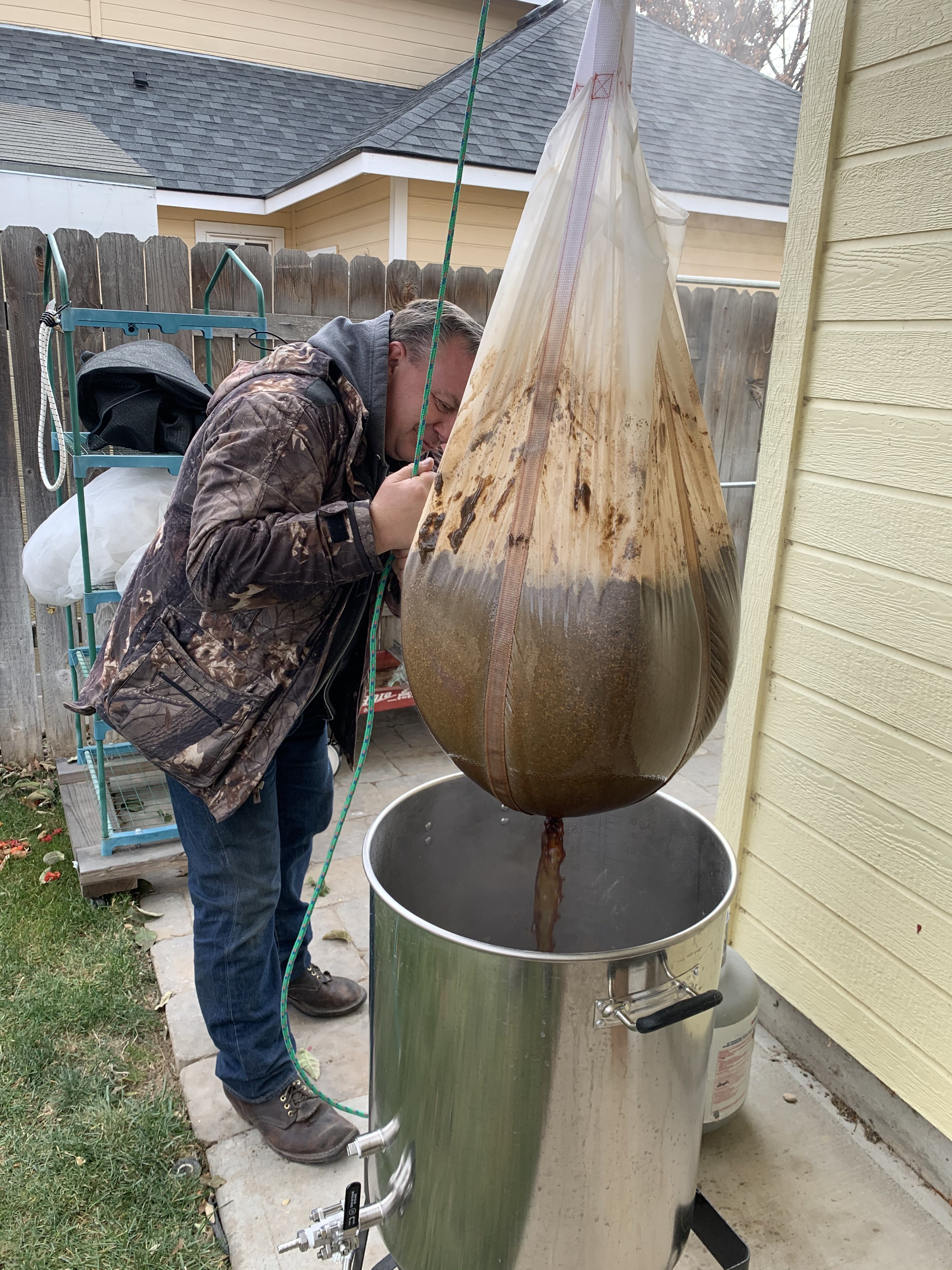Not necessarily true though. People have had varying degrees of success w/ longer mash times and even mash-out with BIAB.
Some notice 2% better efficiency, some notice 10% better efficiency incorporating a mash out, or extending mash times from 60 to 75 or even 90 minutes.
FWIW, my BIAB efficiency is 71% on the dot, each and every time, for 5.5-7% ales. That is with 60 minutes mash time, and crushed grain to .027" and no mash out. I also am a squeezer---the reason I squeeze is really for boil volume. If I don't squeeze then I lose 1/2 gallon on my finished product which is too much.
Plenty of people are getting 80% efficiency from BIAB, or even more. Some of them are getting much more because they are circulating the mash (which I don't plan to do...more equipment and more stuff). At some point, I'm going to try a 60 vs 90 minute mash, and I'm going to try a mash-out and compare refract numbers. Chasing down a couple percentage points of efficiency is not worth it, but if you can get 10% efficiency improvements (and be consistent), then it's probably a win-win.
This is a very interesting thread. Take a look:
https://www.biabrewer.info/viewtopic.php?f=51&t=1669
Mash our will speed up conversion if is isn't complete. A finer crush gets a more thorough conversion with better efficiency and with that the conversion also happens quicker. Tighten up your mill to .020 and see if you notice any difference.




















































![Craft A Brew - Safale S-04 Dry Yeast - Fermentis - English Ale Dry Yeast - For English and American Ales and Hard Apple Ciders - Ingredients for Home Brewing - Beer Making Supplies - [1 Pack]](https://m.media-amazon.com/images/I/41fVGNh6JfL._SL500_.jpg)








